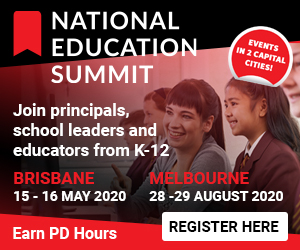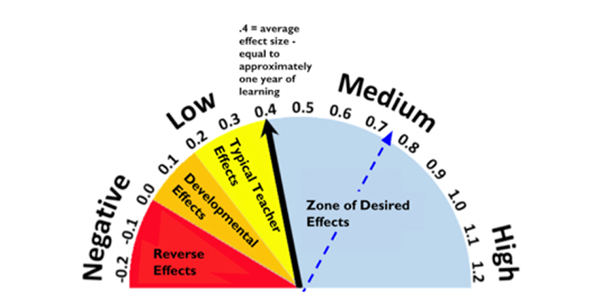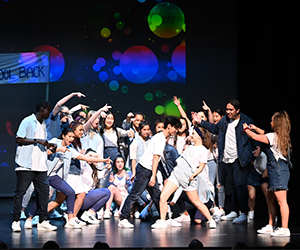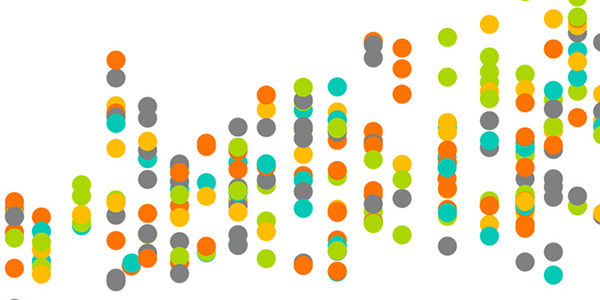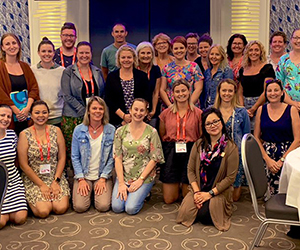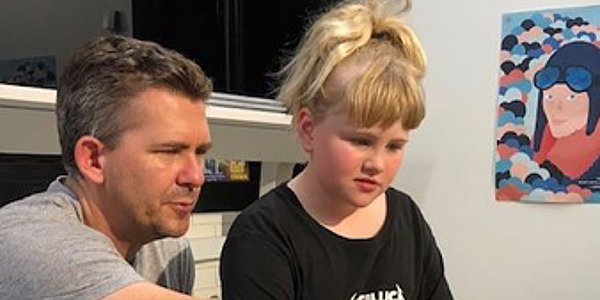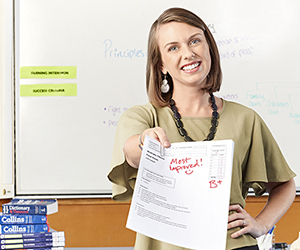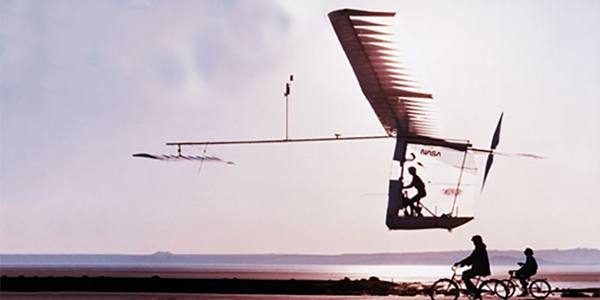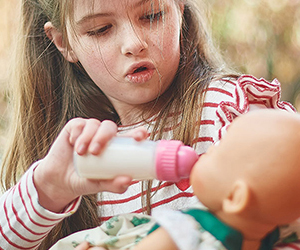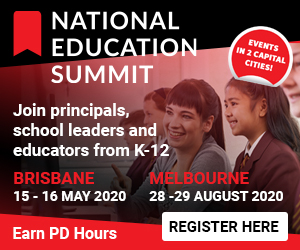
|
 For Education Leaders
Maximising impact on student learning: high effect size strategies in a science classroom Wakakirri Story Dance on track for a spectacular 2020 Legislation, online threats make data management critical Project Based Learning Three-Day Institute 6–8 October Capture them young! Engaging students with technology Teach For Australia looking for Associates Educator Impact Pulse measures ongoing school and student wellbeing Play in nature essential for children |

|
